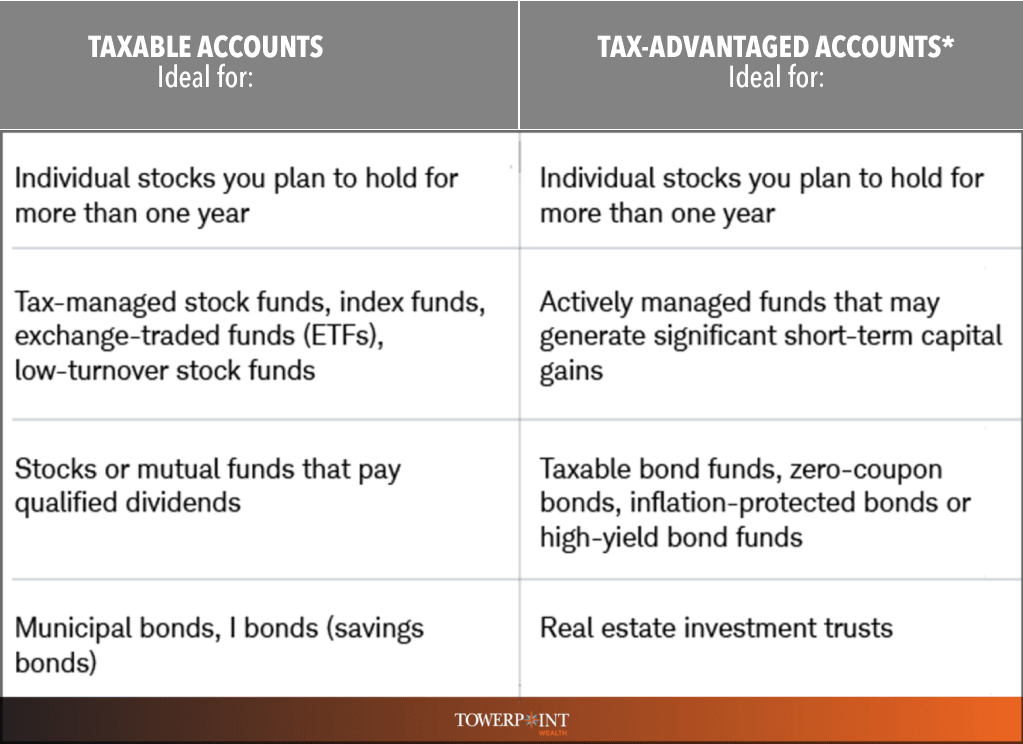
Municipal ETFs have emerged as a transformative force within the fixed income investment landscape, gaining traction due to their tax-efficient income benefits and their adaptability to a dynamic investor base. This burgeoning market phenomenon marks a significant shift from traditional buy-and-hold strategies to more tactical asset allocation approaches, appealing to a wider range of investors. The evolution of municipal ETFs underscores the broader changes in the municipal bond market, characterized by a diverse array of investors incorporating these securities into model portfolios.
Municipal ETFs: A Growing Trend
The proliferation of municipal ETFs can be attributed to their ability to offer a beta pure-play to the municipal market while providing access to tax-equivalent yields that often surpass those of Treasuries and corporate bonds. As Vanguard's Justin Schwartz elucidates, the demand for municipal ETFs is driven by a shift in the investor base, from primarily retail investors to a more diverse group utilizing municipals for strategic asset allocation. This is complemented by the democratization of access to the bond market, allowing investors to build low-cost, diversified municipal portfolios through the liquid ETF vehicle.

The tactical use of municipal bonds within model portfolios has become more prominent, with advisors leveraging these securities for tax-loss harvesting opportunities and other strategic purposes. This trend highlights the growing sophistication and tactical nature of today's municipal bond investors.
Investment Advantages
Municipal ETFs present several compelling advantages for investors, particularly those in higher tax brackets. The primary allure of these funds lies in their tax-free income, which is especially attractive in a high-interest-rate environment. According to Vanguard, the inverted yield curve observed over the past year—a relatively rare phenomenon—suggests potential for municipal returns to benefit as monetary policy rates eventually adjust downward.
Despite valuation stretches in AAA-rated municipals relative to Treasuries, the broader spectrum of investment-grade municipals continues to offer attractive opportunities. Municipal bonds, especially those outside the AAA rating, present higher tax-equivalent yields compared to Treasuries, mortgage-backed securities, and even some corporate bonds. This makes them an appealing option for investors seeking higher yields without significantly increasing their risk exposure.
Furthermore, states like California, with historically high income taxes, offer particularly enticing opportunities within the municipal bond market. California's financial robustness, bolstered by strong reserves, positions its municipal bonds as attractive options for state residents seeking tax-advantaged income.
The Broader Fixed Income Context
The rise of municipal ETFs is part of a broader trend within the fixed income market, where investors are increasingly looking beyond static indexes to embrace a multisector approach. According to Janus Henderson, this approach allows investors to capitalize on a wide array of opportunities across securitized, corporate, and sovereign bonds, often generating solid positive returns even in a mixed market environment.
This diversification strategy is crucial in a landscape where the U.S. Aggregate Bond Index, for example, may not fully capture the spectrum of fixed income opportunities, as it predominantly consists of Treasuries, agency mortgage-backed securities, and investment-grade corporates. Embracing municipal ETFs within a diversified fixed income portfolio can help investors achieve higher yields with potentially lower risk.
Conclusion
As municipal ETFs continue to gain prominence, they offer a valuable addition to fixed income portfolios, particularly for investors in higher tax brackets seeking tax-efficient income and diversification. These funds provide access to attractive yields, often superior to those available from other fixed income securities, without the high risk typically associated with higher-yielding investments.
Incorporating municipal ETFs into a well-rounded fixed income strategy can enhance portfolio resilience and provide a stable source of tax-free income in uncertain market conditions. As the market evolves, the role of municipal ETFs is likely to become increasingly significant, driven by their unique advantages and the shifting dynamics of the fixed income landscape.
Investors are encouraged to consider municipal ETFs as part of a broader strategy that includes active management and a diversified approach across various fixed income sectors. By doing so, they can optimize their portfolios for both income and growth, while navigating the complexities of today's financial markets.